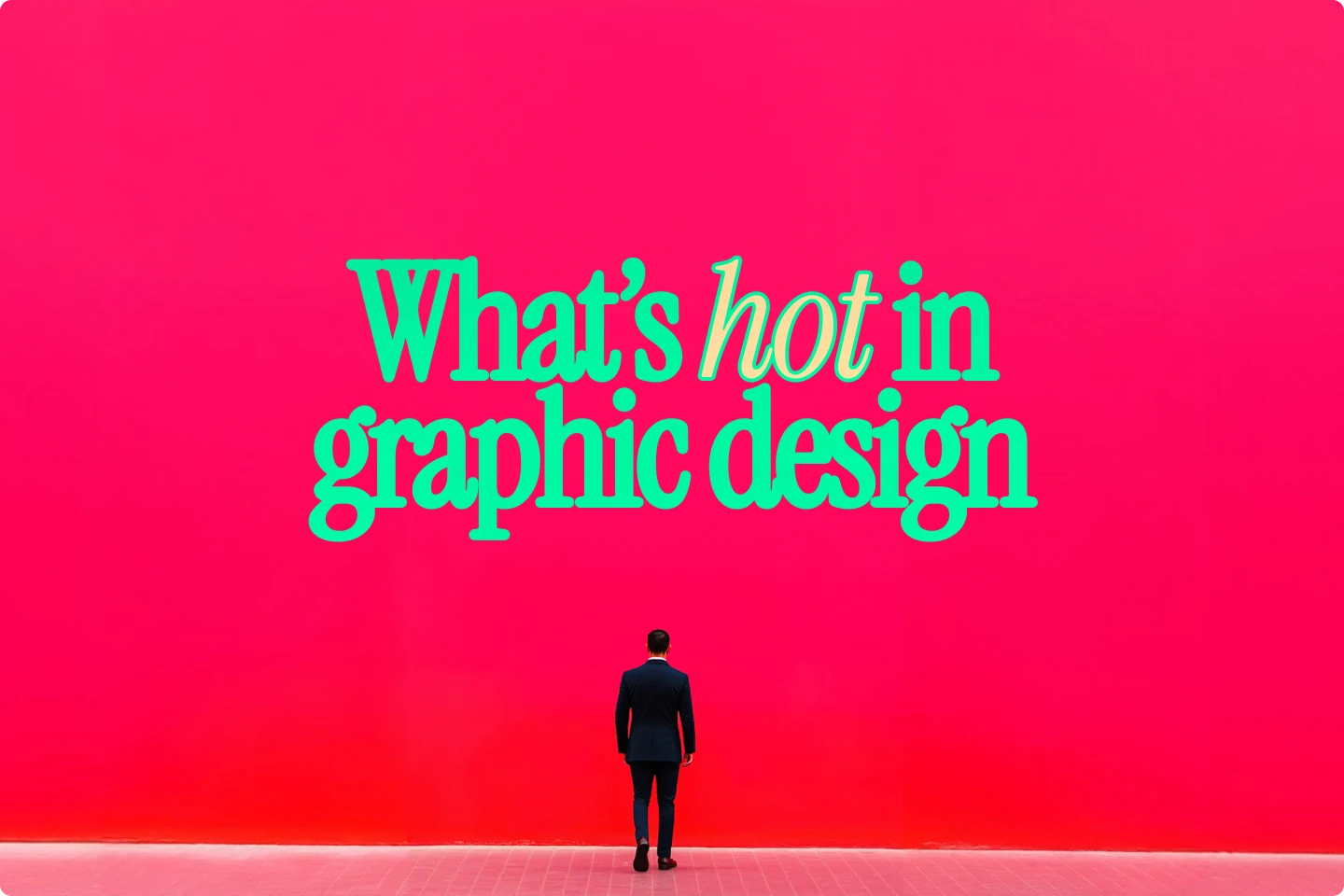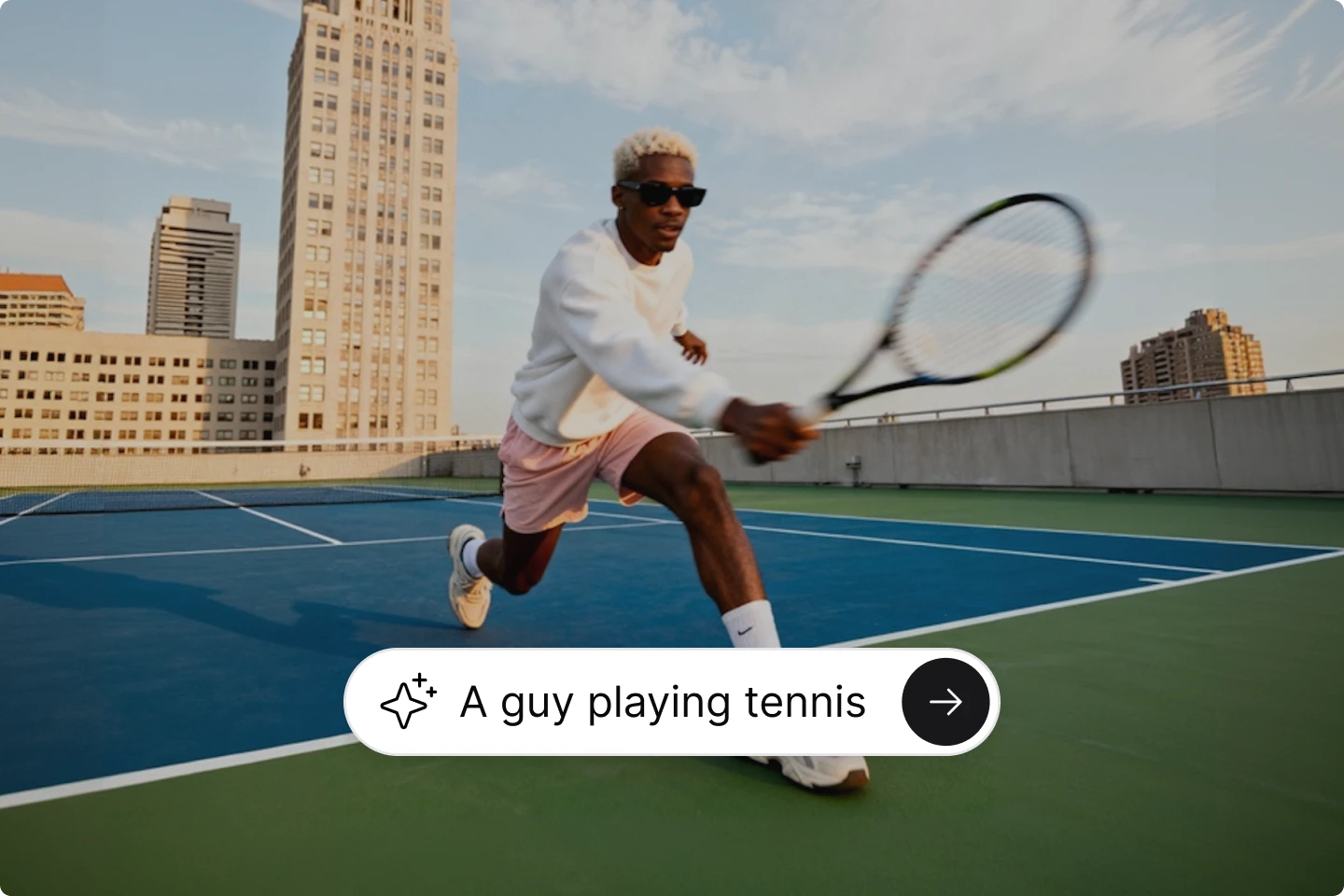Make sure to use these web design best practices in 2025


Welcome to 2025!
As we step into a fresh new year, it’s time for designers to reflect on their goals, upgrade their skills, and set resolutions that align with modern trends and standards. We say this a lot, but it bares repeating that the world of web design is constantly evolving, and staying relevant requires commitment and a willingness to stay updated with the latest and best practices. So, since we want you to start 2025 off on the best foot possible, here are key resolutions every designer should consider if they want to thrive in the coming year.
Why designers need New Year’s resolutions
If you’re wondering why you even need any creative resolutions, just remember that adding changes and goals can provide a clear direction and renewed focus for designers. These standard you set for yourself at the beginning of the year offer an opportunity to evaluate yourself from a fresh perspective, and can help you identify areas for improvement, and set actionable goals.
1. Explore emerging design tools
Design tools are evolving rapidly, offering new ways to streamline workflows and enhance creativity. In 2025, commit to exploring and mastering the latest tools to stay ahead in your craft.
Tools like Lummi, Figma, and Webflow are great because they are known to make the design process easy, fun, and a whole lot quicker.
Dedicate time each month to test out a new tool or feature. Not every tool will fit your workflow, but experimenting will give you a broader sense of what’s out there and what’s possible.
2. Stay updated on web design best practices
Web design trends and standards are continually shifting. You should always make it a priority to stay updated on the latest web design best practices and apply them to your projects.
Just like exploring new tools, take some time out of your week to explore articles or case studies about best practices for web design to remain competitive.
3. Master responsive and accessible design
Every website must look great on any device and be accessible to all users. If you don’t already, you should think of these design tips as necessities, not optional features. Responsive design involves using grids, testing layouts on various screen sizes, and optimizing user interfaces for mobile users.
Accessibility requires adherence to WCAG (Web Content Accessibility Guidelines), ensuring screen reader compatibility, and providing sufficient color contrast. Commit to making your designs inclusive by default to ensure that everyone can enjoy your creations.
4. Embrace simplicity
Simplicity is timeless. Overly complex designs may look flashy but often overwhelm users. So while being unique and standing out is something we always support, for 2025 let’s all focus on creating clean, user-friendly designs by adopting a straightforward approach in design layout, typography, and imagery.
While you should explore cool fonts, make sure not to go overboard with them. Also, it’s always a good idea to consider optimizing whitespace to make your designs easier to navigate. Simplicity removes distractions and emphasizes usability, resulting in designs that are both elegant and functional.
5. Optimize for performance
A slow website can drive users away before they even engage with your content. Performance optimization and search engine optimization is a standard part of modern web design at this point.
This includes compressing and optimizing images, using modern file formats like WebP, minimizing heavy scripts and third-party plugins, and testing site speed with tools like Google PageSpeed Insights.
Fast-loading websites improve user experience, improve search engine rankings, and capture the user's attention, making this resolution essential for success.
6. Strengthen your understanding of typography and color theory
Typography and color are essential when it comes to making truly high quality web design. They convey tone, improve readability, and guide user interaction. Focus on using harmonious font sizes, pairing fonts thoughtfully, and adjusting line and letter spacing for legibility.
For color, establish a primary action color, explore shades and tones for depth, and use tools like Colors to build balanced palettes. Refining these skills will make your designs more effective and visually appealing.
7. Focus on content hierarchy
Good website design (and good design in general) highlights the most important information first, which is just one rule of good visual hierarchy.
Prioritize creating intuitive content hierarchies by using heading tags correctly, ensuring buttons and call-to-action elements stand out, and organizing content with grids or well-defined sections.
Visitors shouldn’t struggle to find key information or get bogged down by visuals. Structure your designs to guide users naturally and efficiently through your content.
8. Practice motion design
Animations and transitions can enhance user experiences, but overusing them can distract users. Use design elements like animations to give feedback, highlight interactions, or show loading indicators.
Keep transitions smooth and fast, avoiding excessive motion that can overwhelm users. Thoughtful use of micro-interactions adds polish to your designs without being excessive or intrusive.
9. Commit to continuous learning
The web design industry evolves quickly. Make learning an integral part of your routine. Take online courses, participate in design challenges, read design books, and follow influential designers to stay ahead. Regularly updating your skills ensures that you remain competitive and adaptable in a fast-changing field.
10. Collaborate and seek feedback
No design exists in isolation. Collaboration and feedback are critical for growth. Share your work with colleagues or online communities, remain open to constructive criticism, and collaborate with developers early in the process to ensure feasibility. Feedback loops uncover insights you might miss on your own, leading to improved outcomes and stronger designs.
11. Ship projects without perfectionism
Getting stuck aiming for perfection can happen to anyone, but the best way to improve is by shipping your work and iterating. Set realistic deadlines, launch projects even if they feel 90% complete, and use real-world feedback for improvements. Maintaining a portfolio of shipped projects showcases your capabilities and drives your growth as a designer.
12. Join or build a design community
Being part of a community can inspire and motivate you. Surround yourself with like-minded professionals who share your passion for design. Engage with platforms like Dribbble, attend webinars or workshops, and mentor new designers to give back. A supportive community accelerates your growth and keeps you connected to industry trends.
13. Prioritize ethical design
In 2025, aim to create designs that are not only beautiful and functional but also ethical. Avoid dark patterns, be transparent about data collection, and make sure to stay up to date on the ethics of AI-generated images. By adopting ethical practices, you contribute to a better digital world while building trust with your audience.
14. Don’t forget to name your layers
We’ve all been guilty of the dreaded “Layer 1, Layer 2” problem at some point. Naming your layers is a simple yet powerful habit that can save you time and headaches down the road. Clear layer names help you and your collaborators understand the structure of your design files, making edits and adjustments much easier.
No judgment if you’ve been guilty of this design sin. Start small—name the layers in your next project and see how much smoother things go. Over time, it’ll become second nature, and your future self will thank you.
15. Explore the basics
If you’re feeling stuck, start simple. Sometimes all it takes is searching for terms like “abstract design” or “modern layouts” on Google or stock photo sites to kickstart your creativity.
It might sound basic—but that’s the point. Browsing these visuals can spark ideas, help you recognize trends, and give you a foundation to build something new.
We’re not saying you should copy what you find. Think of it as inspiration, a starting point for your own work.
Everyone hits creative blocks, and looking at familiar concepts can help you push through. No one’s here to judge your “design sins.” The goal is to learn, grow, and make something that’s uniquely yours.
Here’s to a creative 2025!
2025 presents an opportunity to sharpen your skills, embrace best practices for web design, and elevate your craft. By adopting these resolutions, you can grow as a designer and create impactful, user-focused designs that stand out in a competitive field. Let this be the year you take your designs to a whole new level of quality!
Lummi wrapped: Looking back at 2024


.webp)



